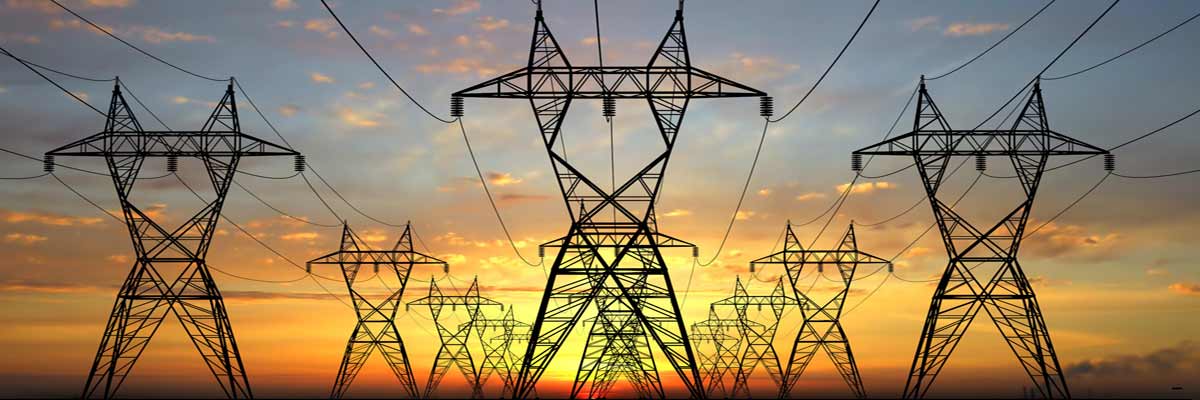Wind Turbines On High Voltage Power Line Towers Wins NextGen Contest
I’m sure many environmentalists have passed power line towers while cruising in vehicles and wondered aloud, “Why can’t we just throw some wind turbines up there?” In fact, earlier last year, Ericsson unveiled the first-ever cell phone tower with a vertical-axis wind turbine integrated. If we can do it in cell phone towers, why not transmission towers?
That’s the question two architects and an engineer from France used as the starting point for their “Wind-It” concept — a a design to place wind turbines inside existing high-voltage electricity pylons. They’re also the winners of the 2009 Metropolis Magazine Next Generation Prize Challenge: “FIX OUR ENERGY ADDICTION.” $10K was given to the team to take their idea to the next level. From the article,
The team estimates that if a third of France’s high-voltage electricity towers were renovated with turbines, they could rival the power generation of two nuclear reactors, or about 5 percent of the country’s energy needs. “The genius of the proposal is that it solved probably the biggest issue of wind production,” says Alexandros Washburn, New York’s chief urban designer and a judge for the Next Generation competition, “which is where to locate these very large structures. By incorporating them into transmission towers, which are already located and of the same scale as wind towers, the idea of how it looks on the landscape is very cleverly integrated.”
Of course, there are some severe hurdles to conquer before such a project could even prove feasible.
The general consensus was that the adaptive-reuse model would be tricky to justify financially. Electricity towers aren’t built to accommodate wind turbines, so they would likely require structural reinforcement, which could be either simple or prohibitively complex. The turbines would generate nominal energy—enough to power anywhere from one room in a house to 20 houses a year depending on size and wind speeds. They’re also more expensive up-front than their propeller counterparts, in large part because there isn’t much of a market for them.
Still, the winners feel confident that integration could one day be possible — and we’re excited to hear of others pushing this idea to the next level.






